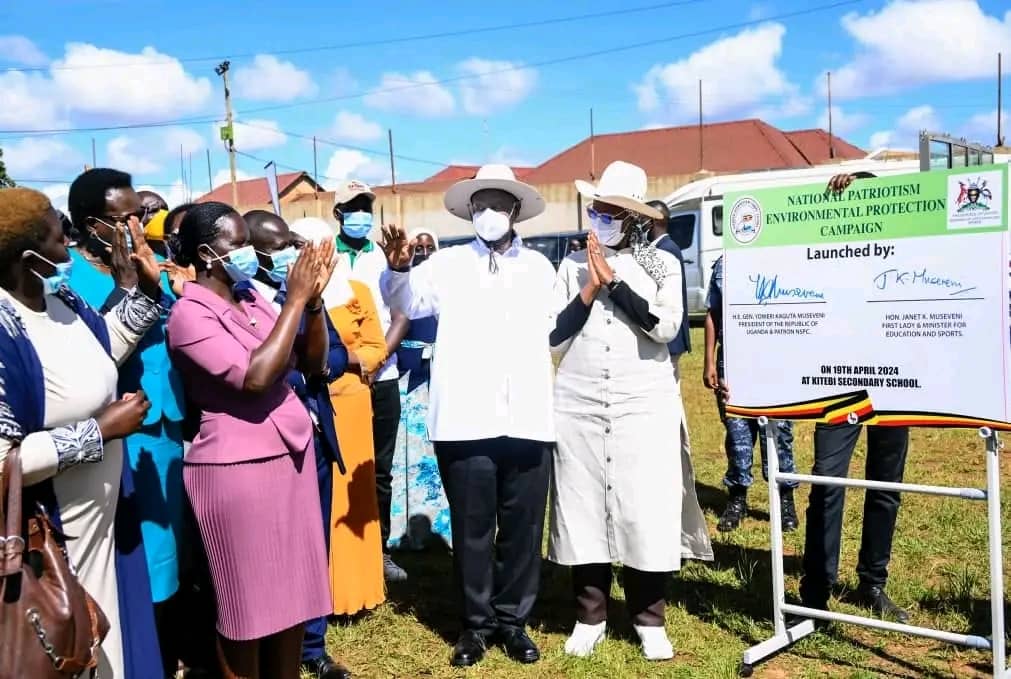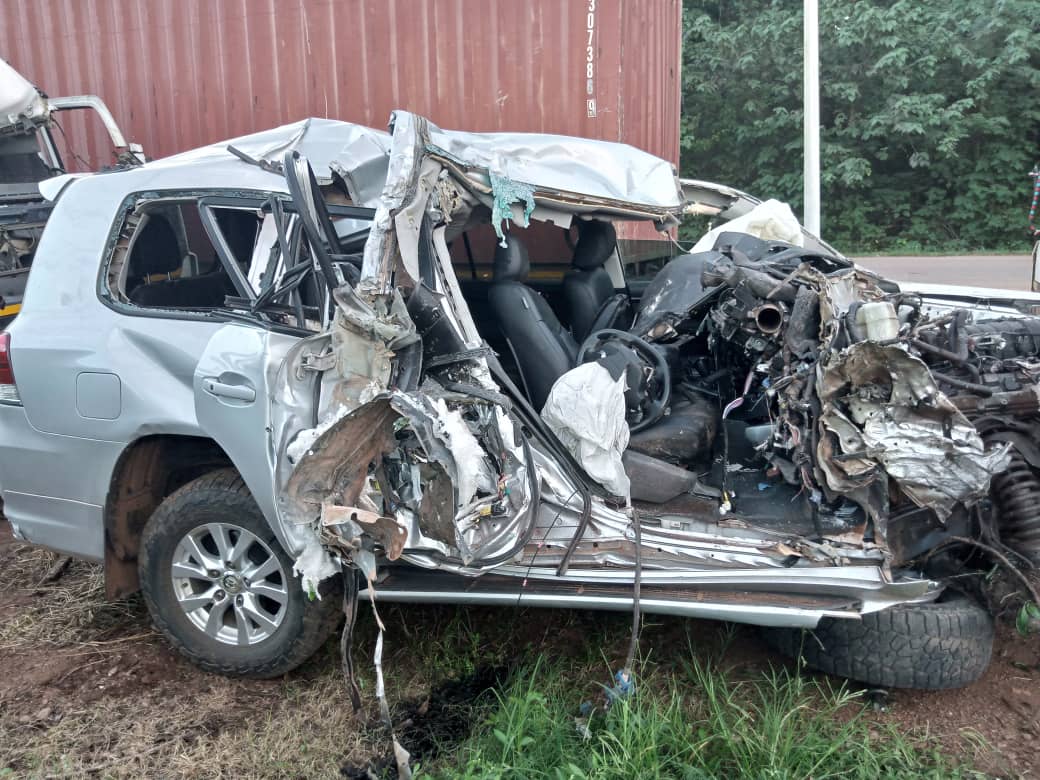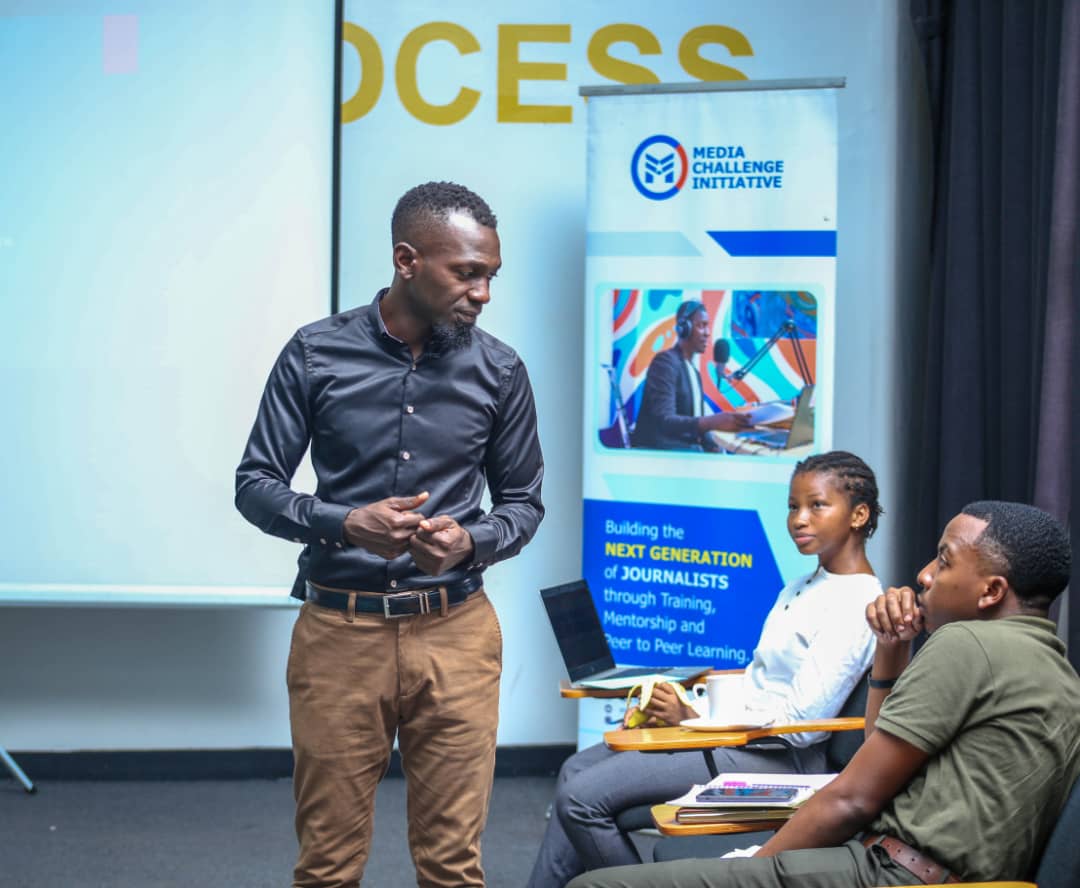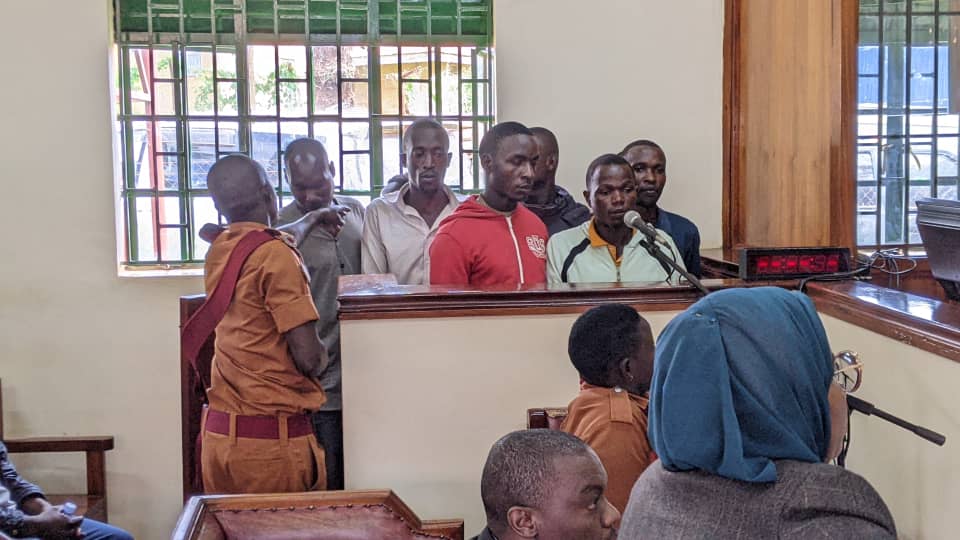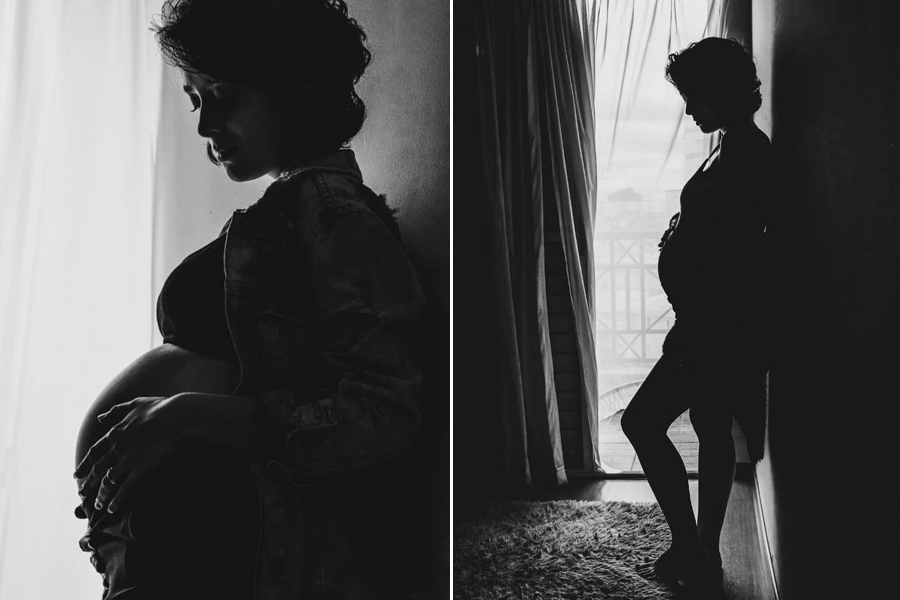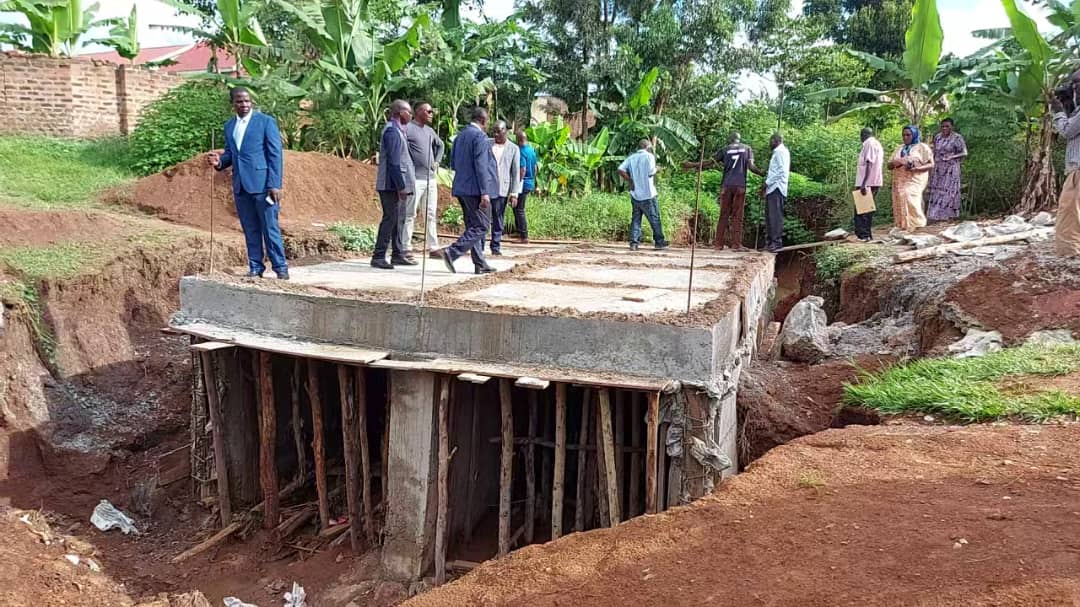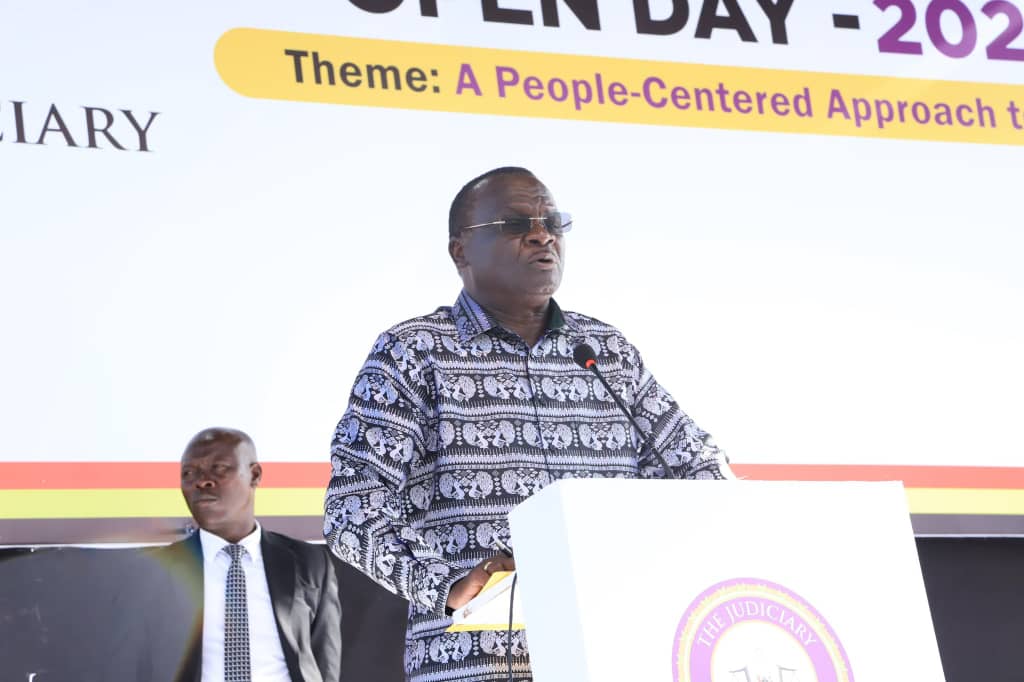Education: lessons Uganda should learn from Liberia
The recent report from UWEZO titled: “Are our Children Learning”, showed that whilst some progress is being made in Uganda, there is still a lot more to be done when it comes to improving education in this country.
New approaches need to be considered and if other African nations are succeeding in improving learning then the government should see what lessons can be learnt and imported into Uganda.
rnThere is no doubt that the introduction of Universal Primary Education (UPE) in 1997 has had a tremendous achievement of increasing school enrolment but the actual quality of education and learning in many of the UPE schools remains wanting.
rnrnAccording to the annual UWEZO report, in 2016, only 3 out of 10 pupils between Primary 3 and Primary 7 could read an English story and do basic maths meant for primary 2 children; a very worrying statistic for those concerned with Uganda’s education system and the future of Ugandan children.rn
rnIn a bid to better the quality of education, in 2007 our government introduced Public Private Partnership (PPP) at secondary level with the introduction of Universal Secondary Education (USE).
rnHowever, 10 years later, the jury is still out on whether this PPP has in fact been effective at improving secondary education. rnrnIn fact much of the research available suggests that it hasn’t.
The success in PPP schools has been compromised often due to insufficient funding, a widespread shortage of resources including but not restricted to learning materials, basic infrastructure, and qualified teachers.
The challenges and some might say failures of the secondary reform, mean that no Public Private Partnerships have been explored at primary level.
rnrnrnThat is why government should be closely reviewing the results that have just emerged from Africa’s most innovative education public private partnership (PPP) in Liberia.
Liberia has many challenges that Uganda relates with such as the outbreak of Ebola, low literacy rates and communities living in extreme poverty.
However, in just one year the Liberian PPP has produced startling results.
Why has it succeeded where a decade of secondary education Public Private Partnerships in Uganda have not? What was done differently?rn
rnIn Liberia the government decided that it needed to do something radical to improve the learning outcomes for its children if it wanted Liberia to prosper.
It designed a program called Partnership Schools for Liberia (PSL) which saw the government partnering with the private sector to run public schools.
rnThe schools used teachers on the government payroll and taught the Liberian curriculum.
The Ministry of Education in Liberia contributed $50 per pupil, to some not all partners, and the rest was raised by philanthropy and donor investment.
rnNew went directly into the Liberian education system.
This approach meant that government didn’t have to divert funds from other important programs into education.rn
rnThe results have been amazing.
Pupils in these 95 Liberian public primary schools have seen an increase in learning of 60% in just one year.
One of the partners that was used by the Liberian government was Bridge International Academies.
rnBridge also runs schools 63 schools in Uganda serving 14,000 Ugandan children.
Although in Uganda they are working closely with government to finalise the licensing process, government here has not yet explored the kind of innovative primary education Public Private Partnership being operated in Liberia.
The question is: whether the ministry of Education and Sports and indeed the government should be considering a partnership such as this?rn
rnThe Liberian program results come from an independent report conducted by the Centre for Global Development and Innovations for Poverty Action who spent a year studying the data emerging from Liberia.
The report showed that pupils in Bridge-run Partnership Schools for Liberia (PSL) public schools learn twice as fast as their peers in traditional public schools, receiving the equivalent of a full year of additional schooling.rn
rnOf course the education program designed by the ministry of Education in Liberia planned to disrupt the status quo in Liberian classrooms by; lengthening the school day; reducing class sizes; holding teachers accountable for attendance and tackling the issue of teacher literacy.
rnTheir policies were focused on improving student performance.
But, the new report proves that a government intervention with these core principles can deliver real change.
It makes sense that children learn better in classrooms that are not bursting at the seams.
It also makes sense that a teacher who can read and write themselves and who is present in class is going to deliver better results.
This bold approach by the Liberian government has led to their children learning and the program being expanded to benefit over 70,000 children across the country this year.
So, with the challenges of teacher absenteeism in our schools which stands at 57%.rn
According to the 2016 UWEZO report; there are teachers who struggle to do the work of a primary 6 pupil.
rnIs it time for Uganda to open up her primary schools to the private sector in a PPP arrangement?
My answer is yes especially after the success of the pilot project in Liberia.
Let’s not be ashamed to learn from others.
As a country, we need to start this discussion as we pave a way forward to digging a firm foundation for Uganda’s future generation.


